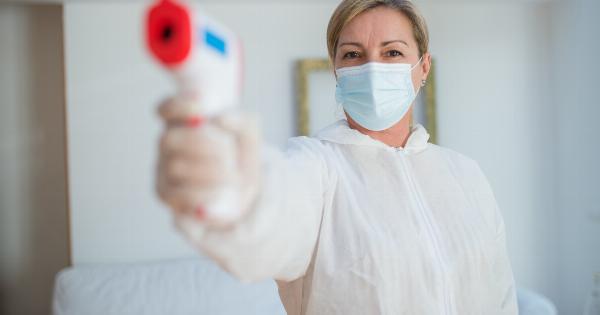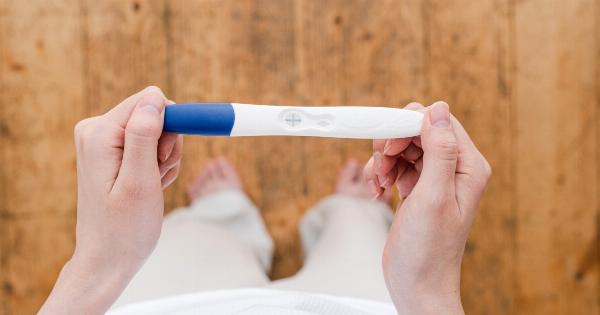The female reproductive system is an intricate and complex system. One of the most crucial organs in the female reproductive system is the cervix. The cervix is the lower part of the uterus, which connects to the vagina.
It plays a vital role in fertility and childbirth. However, the cervix is susceptible to various diseases and conditions that can impact a woman’s reproductive health. In this article, we will discuss contemporary cervical pathology and its impact on the modern woman.
Types of contemporary cervical pathology
There are several types of cervical pathology that can affect the modern woman.
Cervical cancer
Cervical cancer is a type of cancer that forms in the cells of the cervix. It is one of the most common types of cancer among women worldwide. Cervical cancer is caused by certain strains of the human papillomavirus (HPV).
In most cases, cervical cancer can be prevented through vaccination and regular screening tests.
Cervical dysplasia
Cervical dysplasia is the abnormal growth of cells on the surface of the cervix. It is a precancerous condition, which means that if left untreated, it can develop into cervical cancer.
Cervical dysplasia is often detected during a routine Pap test screening.
Cervicitis
Cervicitis is the inflammation of the cervix. It can be caused by a bacterial or viral infection and can result in a range of symptoms, including pain during sex, abnormal vaginal discharge, and bleeding after sex.
Causes of contemporary cervical pathology
There are several causes of contemporary cervical pathology. One of the significant causes is the human papillomavirus (HPV). HPV is a common sexually transmitted infection that can cause cervical cancer, cervical dysplasia, and genital warts.
Other risk factors for cervical pathology include smoking, a weakened immune system, a history of sexually transmitted infections, and a family history of cervical cancer.
Symptoms of contemporary cervical pathology
The symptoms of contemporary cervical pathology vary depending on the type of condition. However, some of the general symptoms of cervical pathology include:.
- Pain during sex
- Abnormal vaginal discharge
- Abnormal bleeding between periods
- Bleeding after menopause
- Lower back pain
- Pelvic pain
- Difficulty urinating
- Inability to conceive
Diagnosis of contemporary cervical pathology
Diagnosis of cervical pathology often involves a combination of a pelvic exam, a Pap test, and an HPV test. During a pelvic exam, your healthcare provider will examine your cervix to look for any abnormalities.
A Pap test involves taking a sample of cells from your cervix and analyzing them for any abnormal growth or changes. An HPV test checks for the presence of the virus that can cause cervical cancer.
Treatment of contemporary cervical pathology
The treatment of cervical pathology depends on the type and severity of the condition. In some cases, no treatment is required, and the condition may resolve on its own.
Other treatments for cervical pathology may include medications, surgery, or a combination of both. In cases of cervical cancer, treatment often involves surgery, chemotherapy, or radiation therapy.
Prevention of contemporary cervical pathology
Prevention of cervical pathology begins with vaccination against the human papillomavirus (HPV). The HPV vaccine is recommended for boys and girls aged between 9 and 26 years.
Other preventive measures include regular Pap tests and HPV tests, practicing safe sex, and quitting smoking.
Conclusion
Cervical pathology can significantly impact a woman’s reproductive health. Therefore, it is essential to be aware of the different types, causes, symptoms, and prevention methods to maintain good reproductive health.
Regular screening tests, vaccination, and safe sexual practices are crucial in preventing and managing cervical pathology.






























